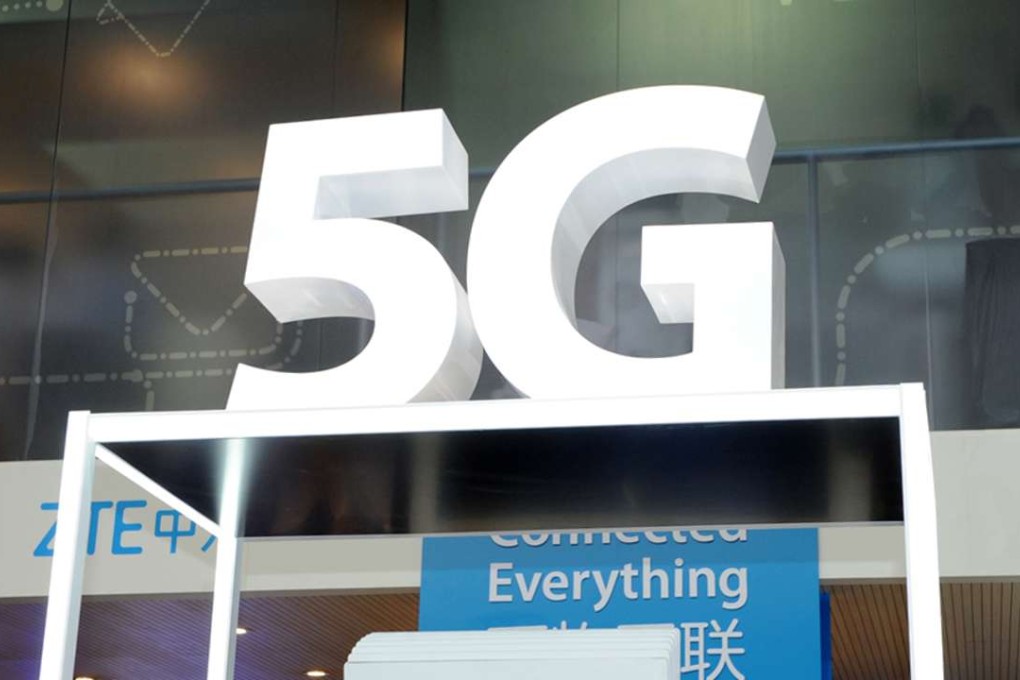China’s ZTE steps up expansion drive, unfazed by US restrictions
The Shenzhen-based company is aiming to overtake Nokia to become the world’s third largest telecoms equipment supplier

While operating under the shadow of United States export restrictions for most of this year, ZTE Corp has managed to weather that crisis and push forward a business expansion strategy that could set it up for accelerated growth over the next few years.
“We’re now No 4 in the world [behind Nokia],” Dai said. “We’re very confident of becoming a top-three [telecommunications equipment] vendor in the next several years.”
That would be welcome news for investors in ZTE, who have seen the company’s share price decline 14.6 per cent in the 12 months to December 23.

The bureau had slapped ZTE with export restrictions in early March, which would bar suppliers from shipping any US-made equipment and parts to the Chinese company.
